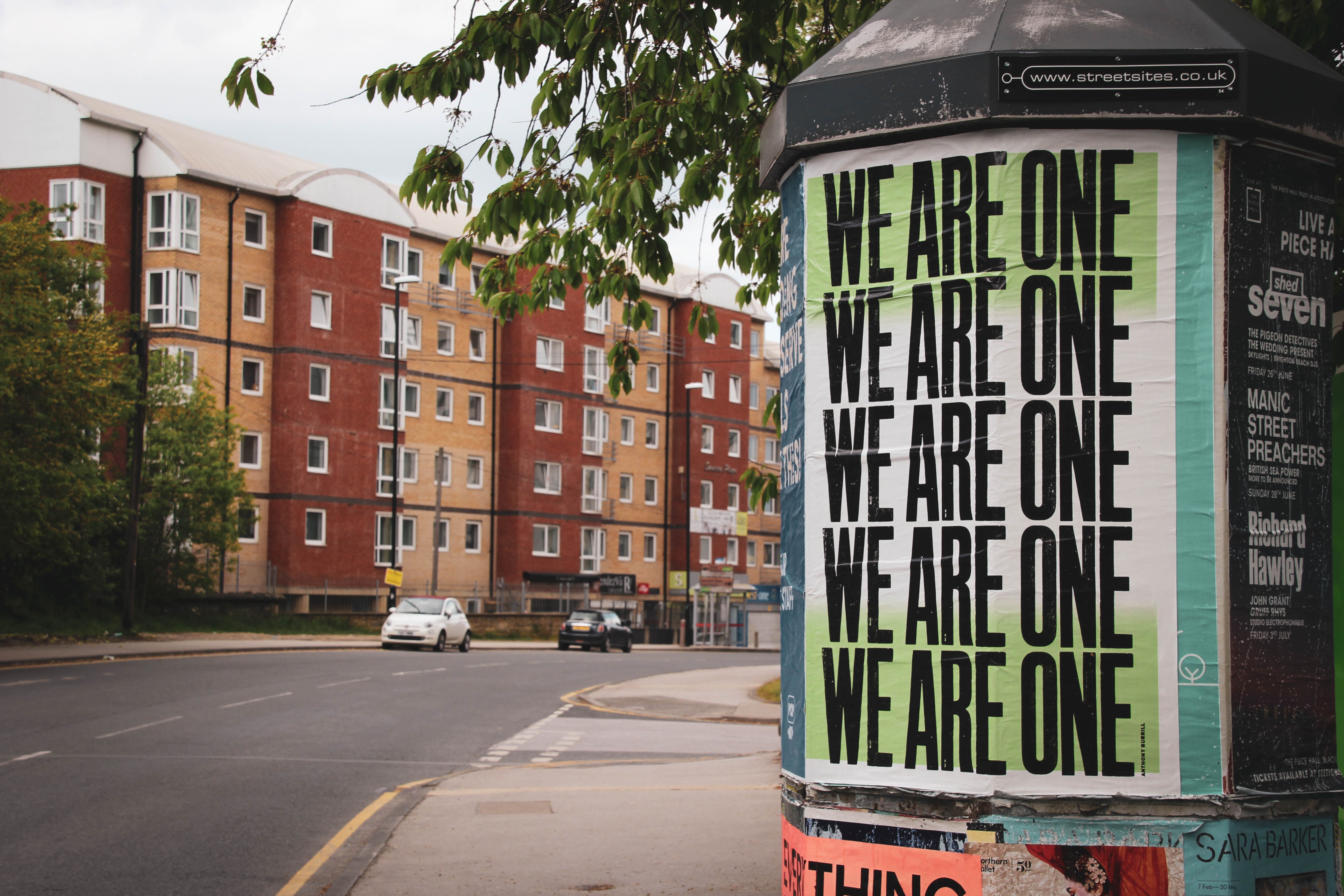When designed well, community engagement programs benefit colleges and universities, students and community partners alike. But to positively impact the community while encouraging student learning, service learning needs to be aligned with local needs.
Here are six ways to ensure your next community engagement project is intentional, impactful and relevant to your community.
Define Your Community
The first step to identifying local needs is defining the community you’ll be working with. Depending on the scale of your community engagement program, this could be as broad as setting a geographical limit or as narrow as defining a specific population.
While community needs should drive your program, you should also consider the expertise and resources that your school can offer. If you teach in a college known for its education program, partnering with a local school on a youth mentoring program makes sense. If you work at a large anchor institution, you can likely afford to be broader and identify a few different populations or issues you’d like to focus on within your geographical scope.
By defining your community early on, you’ll set a direction for your project to help you further narrow and determine your focus.
Connect With Partners
Now that you have an idea of the area and population you’d like to engage, you’re well placed to identify partners. Seek out established community organizations with expertise and roots in the region. For instance, if you’d like to engage students in food security initiatives, you might reach out to the executive director of a local food bank. If you’re unsure where to start, ask local connections or search a volunteer database like GivePulse.
Your partners will be vital to identifying needs and designing a community engagement strategy, so make sure they have the capacity to work alongside you.
Gather Data
Now that your partner is engaged, it’s time to perform a needs assessment. A community needs assessment analyzes strengths and gaps in community resources to identify strategic ways to address challenges.
Your community needs assessment should be a collaborative effort. Engage students, partners, staff and faculty to gather and analyze data. To successfully build on community strengths and address community challenges, it’s essential that you have a solid basis of data and your approach is informed by people who have experience in the community you’re serving.
Your assessment should take into account two types of data:
- Quantitative data. Quantitative data can be measured and defined in numerical values. Depending on the issue you’re looking to address, you might look at demographic information like census data or state school testing data. If the area you’re looking at is specialized, you may also need to partner with graduate students, faculty or a community research institute to design your own research study.
- Qualitative data. Qualitative data, like interviews, surveys and focus groups, can help you draw on personal experiences. By listening to and engaging in community conversations, you can gain valuable insight that only somebody on the ground could offer.
Once you’ve gathered your data, come together with students, partners, faculty and staff to identify strengths, challenges, opportunities and threats. This will help you understand where to concentrate your resources to make the most significant impact.
Assess Resources
Before designing your community engagement plan, you must understand what your institution can contribute. Resources you identify within your institution may include student volunteers, researchers, funding (often in the form of community grants), space or tangible resources like food, housing and transportation.
List the resources you’ll be able to commit to your community engagement program and identify if there are gaps that you’ll need to source elsewhere. Now that you have a clear idea of the challenge you’d like to address and the resources you can contribute, you’re ready to define the scope of your project.
Define Your Scope
Work with students and partners in the community to use the resources you identified and your assessment of needs to design a program that can meaningfully impact the community.
It is crucial to set achievable goals for your project. As a result, you should initially plan to hone in on one need you feel your resources can meaningfully support, rather than overwhelm your resources by trying to do everything at once. This is where the insight of your community partner will be key: they know this work best and will be able to recommend the most effective way for you to make a difference.
Once your program is up and running, you can look at ways to scale your impact sustainably.
Invest in a Service-Learning Management (SLM) Platform
To run a sustainable, mutually-beneficial community engagement program, you’ll need the right tools to stay connected with partners, manage student participation and track and analyze impact.
A Service-Learning Management platform can help you streamline the logistics of managing community engagement programs, from scheduling student volunteers to accepting new applications and setting up Memorandum of Understanding (MOU) documents with students and partners.
GivePulse helps professors, teachers, educators, staff and community engagement centers streamline the logistics of managing community partnerships and tracking student engagement in service-learning courses around the country.
Ready to see how we can help you? Schedule a demo with GivePulse today.
About GivePulse
GivePulse's mission is to enable everyone in the world to participate and engage in lifting their community to new heights. We do so by providing a platform to list, find, organize and measure the impact of service-learning, community engagement, philanthropy, corporate social responsibility and volunteerism.
Founded in 2012 in Austin, Texas, GivePulse works with 650,000+ groups, including colleges and universities, nonprofits, businesses, K-12/school districts and cities and municipalities. Together, we connect millions of people in an effort to create positive social change.
Start making a difference today by visiting www.givepulse.com.

